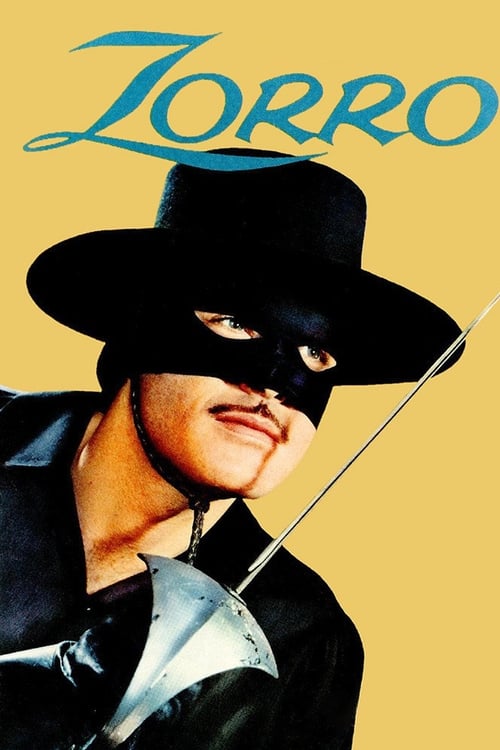This 1957-59 TV series was chosen as one of the 52
Weeks, 52 TV Westerns, and the “Favorite Episode” pick was Season One
Episode 7.
To begin with, I adore Douglas Fairbanks’ Zorro films,
I think Don Q, Son of Zorro may be the better of the two. Full of zest,
life and derring do.
So, there is this hurdle to cross—a 1950s low-budget television
production will find it hard to match that but…
Prior to watching this episode, I had just spent time
with a single episode each of other 1950s swashbuckling television.
Those being The Adventures of Robin Hood, Sword of Freedom,
The Adventures of Sir Lancelot, and Ivanhoe with a pre-007 Roger
Moore.
All of these were British series, with low-budgets,
and all were uniformly thoughtfully written to make up for the budget deficit.
[Admittedly, Ivanhoe was the weakest of the
British pack, but still no slouch.]
After viewing these, coming to Zorro was a bit of a
letdown.
Yes, it was written for children, but after viewing
these other series that seemed to straddle the line of “Enough action for
kids, enough witty banter and intrigue for Big Kids” the Zorro fare seemed
a bit peaked, particularly all “comedic” moments.
This is perhaps a show that is stronger in memory than
it is in viewing.
Personally, if you have a taste for swashbuckling I
would advise skipping Zorro and delve into the Robin Hood and Lancelot adventures—both
were quite strong, with Sword of Justice as an adjunct if you are still hungry
for more.
Of course, there is always Fairbanks—tremendous!













